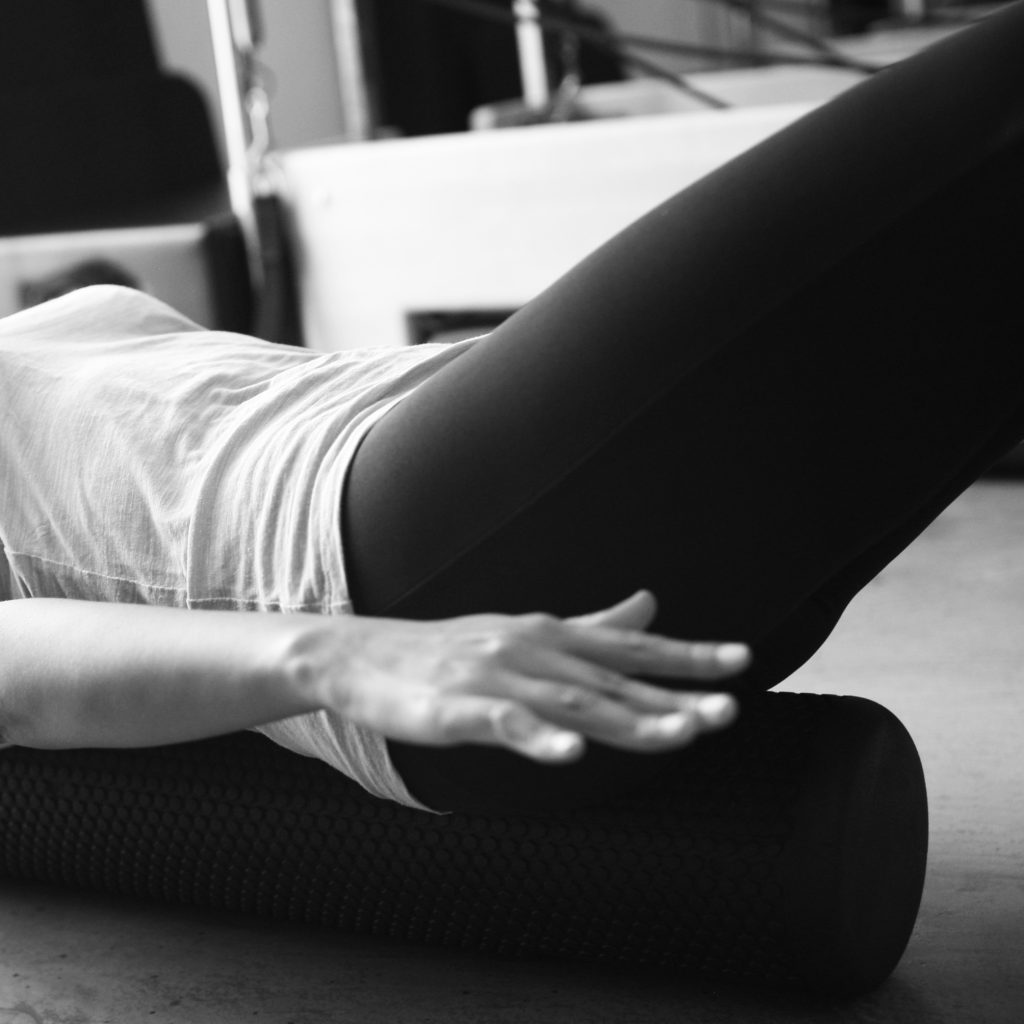Pilates Matwork
In Pilates matwork you only train with your own body and its weight on a mat.
Joseph Pilates described 34 exercises in his book “Return to Life through Contrology”, which we call the classical Pilates matwork.
Pilates was inspired by the movements of animals and children. This, combined with his lifelong study of anatomy, convinced him that the “right” movement, ie a more natural or organic movement, is the key to health. He describes the movements of a cat as “ideal rhythm of motion” *
He observed in his contemporaries that they move too little or one-sided, that they often have poor posture, eat unhealthy food, are not getting enough fresh air and are not getting enough and proper sleep. He saw this as the cause of the poor health in modern society. And even if these findings are common sense today, they seemed almost “exotic” in the first half of the 20th century (his book “Your health”, in which he wrote down his observations for the first time, appeared in 1934).
Joseph Pilates’ movement concept is thus inspired by the organic movement that he observed in animals and children and created from his understanding of anatomy. We not only find this in every single exercise, but also in the entire exercise sequence on the mat.
The order of the exercises that he has numbered in his book is not arbitrary. They follow a rhythm from “entering” into the training (step in) and warming up, through the stretching, mobilising and strengthening exercises to the step out.
We don’t always have to do all 34 exercises, we choose depending on the time frame and focus, but we stick to that order. It is the rhythm in which we train.
In my courses, I usually start with a small selection of different exercises, which are guided precisely and in depth depending on the “level of knowledge” of the participants. When these exercises are known or internalised, I integrate further exercises that support the focus. As the course goes along we acquire a selection of classical mat exercises, which are in the order that Pilates described in his book.
This creates a deep understanding of each exercise and the order in which they are placed. I like to compare this “internalisation” of the sequence with learning a choreography. And the transitions from one exercise to the next, become part of the matwork. This creates a flowing movement, which ultimately creates a coherent motion from a sequence of exercises – the ideal rhythm of motion.
- from: “Return to Life through Contology” – Chapter “Guiding Principles of Contrology”
.

